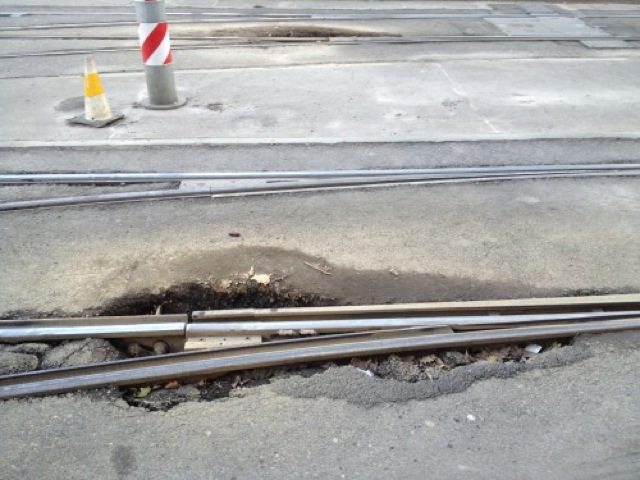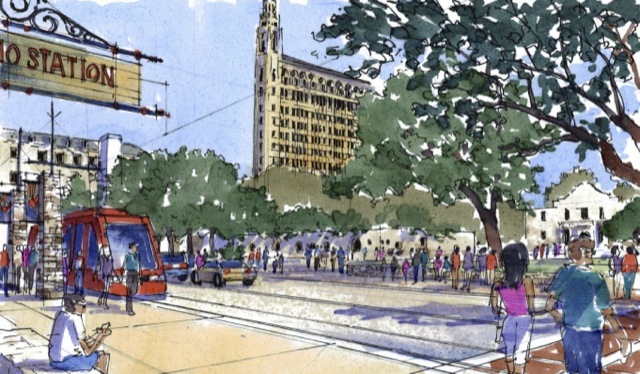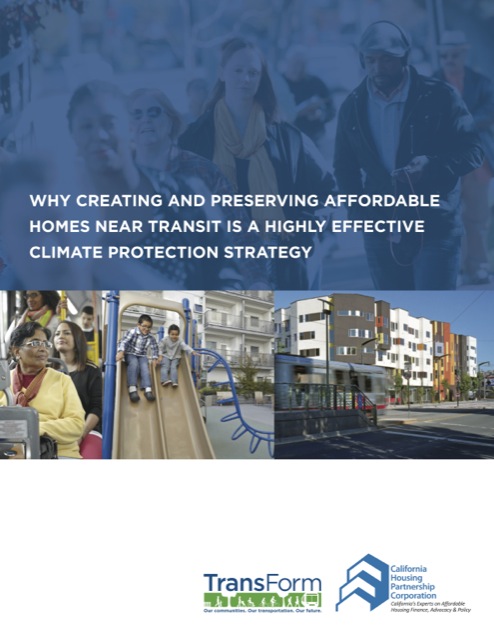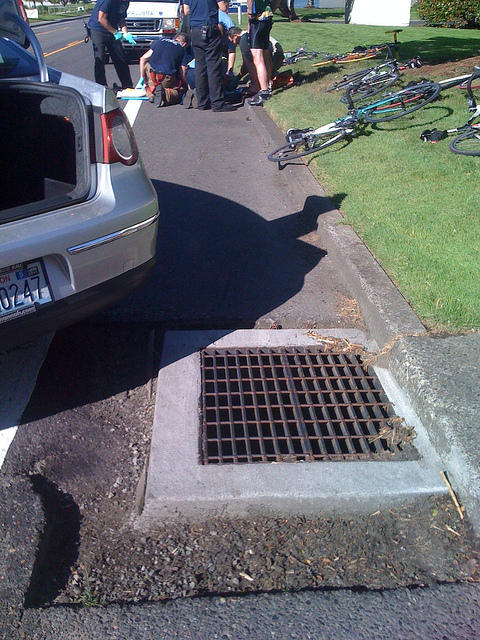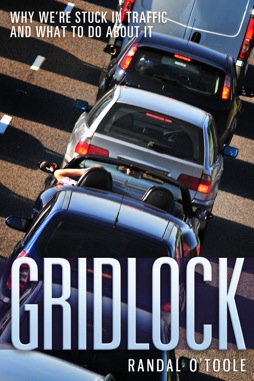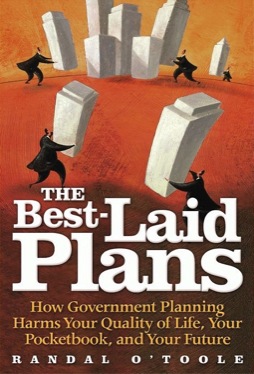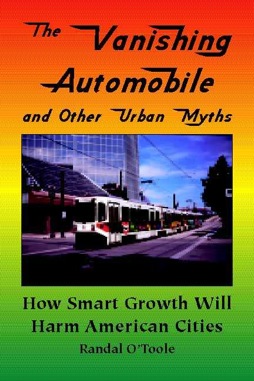Some people in Durham, NC, want to build a $1.4-billion, 17-mile light-rail line, and the region has been spending millions of dollars planning it. A quick review of the project’s alternatives analysis reveals that planners and consultants have done everything they can to bias the analysis towards rail.
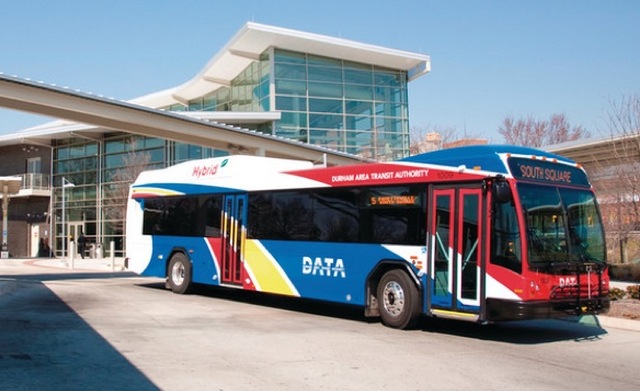
A Durham transit bus in front of Durham’s $10 million downtown transit station.
The most important thing to note is that planners projected that either of two bus-rapid transit alternatives would attract more transit riders than light rail (p. 5-78) at little more than half the cost (p. 5-105). But the analysis nevertheless recommended in favor of light rail, partly because “public and agency support” supposedly favored rail over bus and partly because of rail’s “demonstrated” ability to promote compact development.

